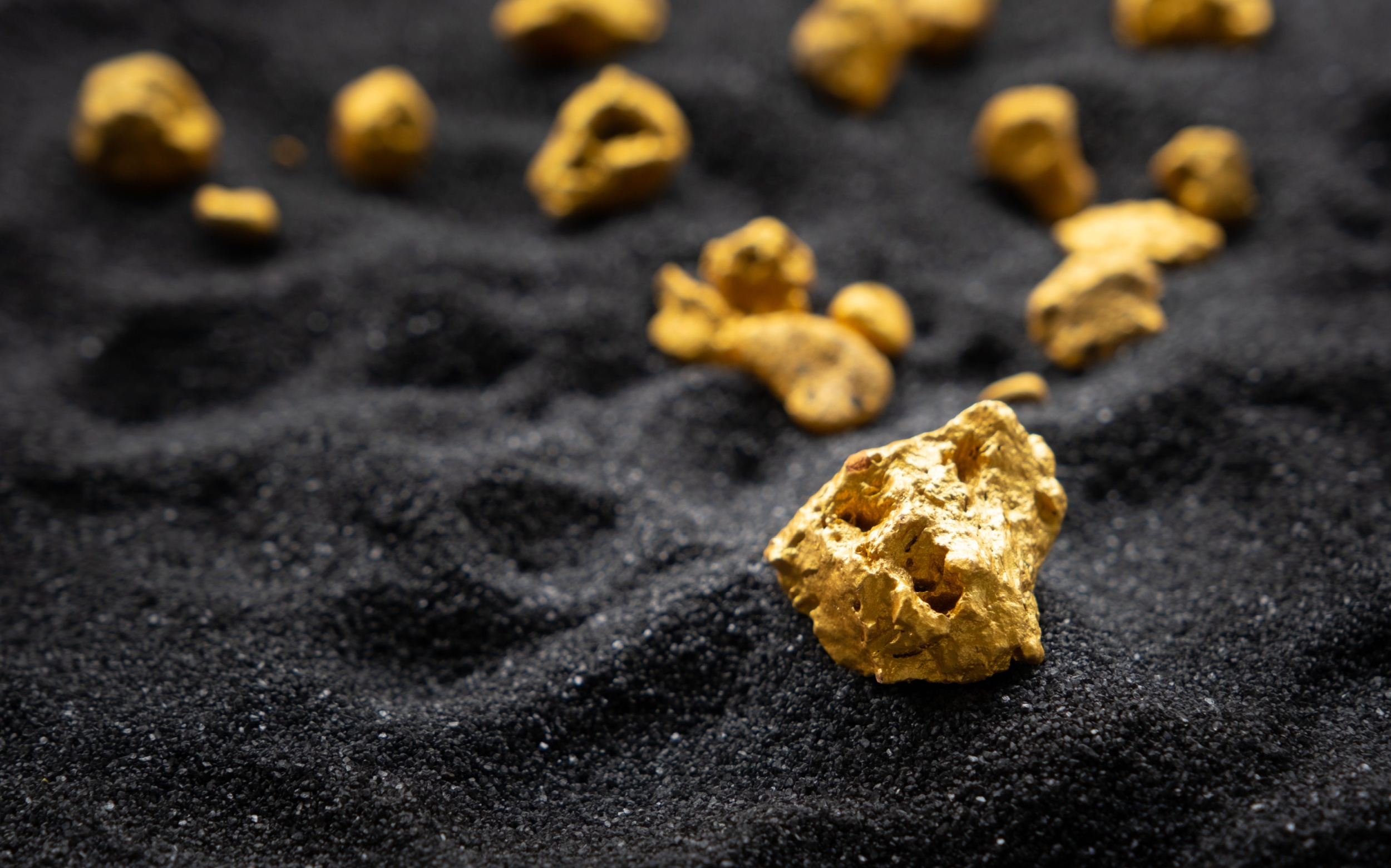Scientists Discover Gold from Lead in Groundbreaking Physics Experiment!










2025-08-03T07:11:13Z

Imagine a world where lead can be transformed into gold – it sounds like something out of a fantasy novel, but on July 30, 2025, researchers at the Large Hadron Collider (LHC) made this unbelievable concept a shocking reality. Situated beneath the French-Swiss border, this colossal 17-mile machine regularly accelerates heavy ions to near-light speed, creating conditions where the impossible may occur.
The researchers reported a phenomenon that many considered mere folklore: in a fleeting moment, lead ions changed into gold and then decayed back into more ordinary matter. This amazing finding opens doors to what scientists are calling “modern alchemy,” suggesting that the production of gold nuclei during collisions is far more frequent than previously assumed.
“In collider experiments, we typically smash particles together to create a myriad of debris,” explained Daniel Tapia Takaki, a physics professor at the University of Kansas who leads the ALICE experiment team. His groundbreaking method allows scientists to monitor what occurs when ions barely graze each other, resulting in interactions so clean that they yield nothing but a flash of light and a transformed nucleus.
These ultraperipheral collisions happen when two atomic nuclei come close without actually colliding, yet their intense electromagnetic fields still interact. As the lead ions pass by each other, they bombard one another with high-energy photons. This interaction can knock out one, two, or even three protons from the lead nucleus. If three protons are lost, the lead-208 nucleus briefly transforms into a gold-205 nucleus, fulfilling the long-lost dream of alchemists – although this transformation lasts only about 10-23 seconds, barely enough time to leave a detectable signal.
Previous experiments hinted at the existence of these clean events, but the LHC detectors were primarily tuned for more chaotic collisions. Tapia Takaki’s team re-optimized the equipment and refined their analytical methods, isolating crucial data from the myriad of events. Remarkably, their analysis reported a gold production cross section of 6.8 barns, just shy of the 7.67 barn rate for ordinary lead-lead interactions at similar energy levels. Essentially, every time the LHC triggers a lead-lead collision, there’s a good chance a lead ion quietly morphs into a gold atom before disintegrating.
The study also revealed that near-miss collisions can produce other elements like mercury, thallium, or platinum isotopes, each carrying unique decay paths and research significance. The data gathered will be integral for enhancing the design and operation of future colliders, as understanding these interactions is key to preventing costly operational mishaps.
As researchers prepare to extend their analysis into four and five proton emissions, they aim to refine current models to align better with observed data. If successful, physicists might soon witness the fascinating process of modern alchemy unfold in real time. The study, a monumental leap forward in nuclear physics, was published in the prestigious journal Physical Review C.
 James Whitmore
James Whitmore
Source of the news: Earth.com